Project 903: Lun
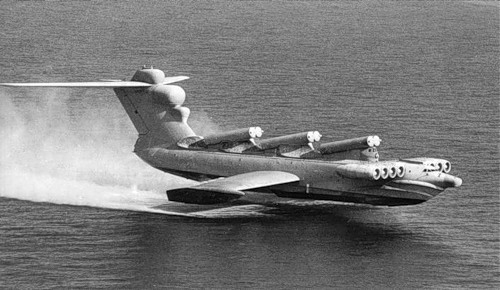
Someday my curiosity will drive me to the grave. In the meantime, it leads to new posts on Habré. The picture shows the one of a kind combat ekranoplan-rocket carrier Lun, which has no analogues anywhere in the world. It is a cross between a ship and an airplane; somewhat similar to hovercraft, but surpasses them in all respects by several times. A miracle of engineering, capable of sinking any ship (in general any one!) In one gulp, is now decaying in a dock on the Caspian Sea.
History
The development of “Lunya” began in 1969 at the Central Design Bureau under the SEC (for hydrofoil ships) named after R.E. Alekseeva. The Central Design Bureau is located in Nizhny Novgorod; it was also planned to build a series of several ekranoplanes of this type in the same place, and for large-scale construction of the Luny in Feodosiya (Crimea), a unique production complex was built, in the assembly shop of which six Lun class ekranoplanes under construction could simultaneously be located. The chief designer was V. Kirillov. In 1987, the ekranoplane made its first test flight on the Caspian Sea. In 1990, transferred to the trial operation of the Navy of the USSR
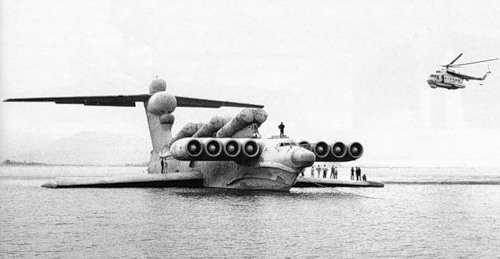
Design
As I said, the Lun was a cross between an airplane and a ship.

At the time of the creation of Lunya, there were only 2 schools of the structure of ekranoplanes - Soviet (R.E. Alekseev) with a direct wing and Western (A. Lippisch) with a triangular wing of reverse sweep (back angle, that is, it turns out like the letter V). Alekseev’s scheme requires more stabilization work, but allows you to move at high speeds in airplane mode.
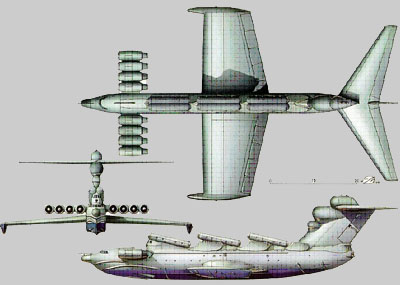
The prototype of the Lunya design was the ekranoplan Caspian Monster (which sank safely in the 80th). Unlike an airplane, the Lun does not have a landing gear, so it cannot climb ashore on its own. For a permanent deployment, he needs a dry floating dock.
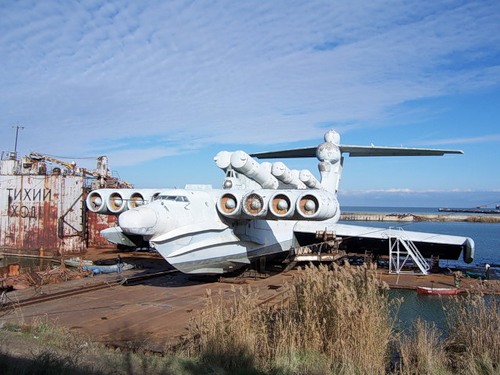
The crew was 11 people: 7 officers and 4 midshipmen. Autonomy - 5 days
Main characteristics:
Wingspan: 44 m
Length: 73.8 m
Height: 19.2 m
Wing area: 550 m2
Weight of the empty winged craft: 243 t
Maximum take-off weight: 380 t
Principle of operation
The movement of the moon is based on the screen effect. In fact, the screen effect is the same air cushion, only it is formed not by air injection with special devices, but by the oncoming flow. That is, the “wing” of such devices creates a lifting force not only due to the rarefied pressure above the upper plane of the wing (as in conventional aircraft), but also due to the increased pressure under the lower plane. It is possible to create it only at very low altitudes (10 meters maximum).
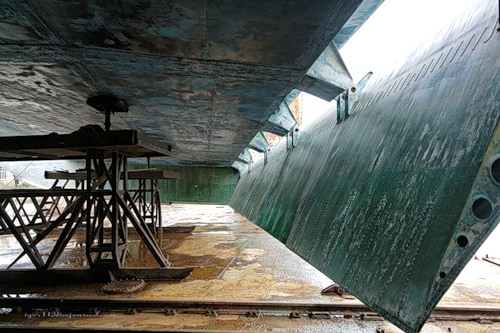
After lowering the flaps, the engines pump air under the wing, the winged wing rises from the water. The center of pressure (the common point of application of force) of the screen effect is closer to the trailing edge, and the center of pressure of the “normal” lifting force is closer to the leading edge. Therefore, the greater the contribution of the screen to the total lifting force, the more the center of pressure shifts back. This leads to balancing problems. A change in height changes the balance, a change in speed, too. The roll causes a diagonal displacement of the center of pressure. Therefore, the management of the "Moon" requires specific skills.
The seafaring “Lunya” on take-off and landing mode was 5-6 points. He could take off at waves of 3 meters and land at 3.5.
Engines
What you can’t refuse us is in them. The power plant consisted of eight NK-87 twin-turbojet engines with a thrust of 13,300 kgf each. This is unrealistic a lot!

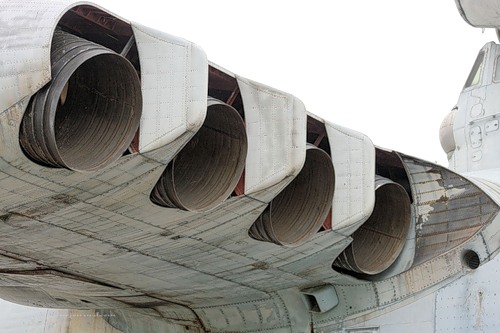
Such engines were used on IL-86, but they developed a special marine modification for Lunya.
Engine characteristics:
Type: 8 x turbojet engine NK-87
Thrust: 8 x 13000 kgf
Maximum speed: approx 500 km / h
Practical range: 2000 km
Flight height on the screen: 1-5 m
Armament
Armament - six launch containers with anti-ship missiles (ASM) ZM-80 Moskit OKB A.Ya. Bereznyak.
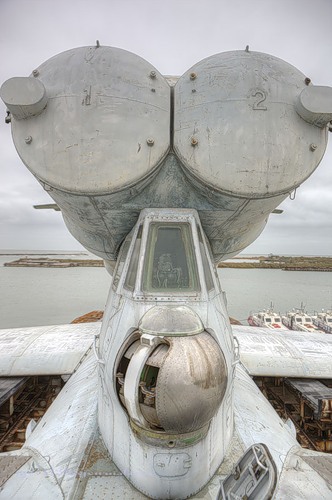

A powerful supersonic rocket with a ramjet marching engine, when successfully hit, was able to sink any NATO warship to the bottom. Since the beginning of the eighties, the newest destroyers began to equip it, at the same time they equipped the Lun. In principle, his main purpose was "the destruction of carrier-based multipurpose or strike groups of the enemy Navy in cooperation with other forces of the fleet." It is significant that US military experts dubbed him “Aircraft Carrier Killer”.
Arrow Location:
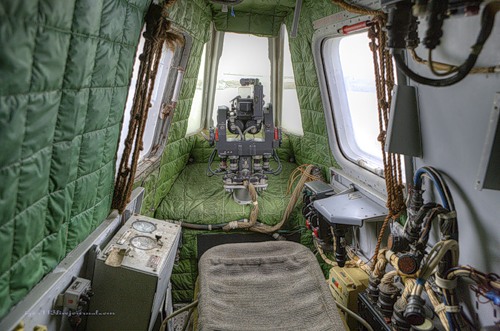
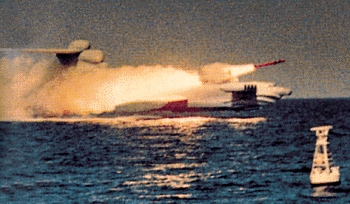
US interest
In operational-tactical terms, "Lun" has just a lot of advantages. It has higher efficiency and higher carrying capacity compared to aircraft. In terms of speed, combat and lifting characteristics, it surpasses hovercraft and hydrofoil. It was hardly noticeable for ship radars and most importantly was very tenacious.
Having analyzed the prospects of this type of technology and came to the conclusion that there is a significant, to put it mildly, lagging behind of works (and in fact the lack thereof) in the field of ekranoplanostroeniya, the US Congress created a special commission designed to develop an action plan to eliminate the "Russian breakthrough".
Of course, they would not have succeeded if we had not helped them ourselves. Namely, the Soviet Union collapsed. Young Russia had enough problems without Lunya, so members of the commission turned directly to the Central Design Bureau for the SEC. The latter’s leadership informed Moscow and received permission from the Goskomoboronprom and the Ministry of Defense to conduct negotiations with the Americans under the auspices of the Commission for Export Control of Arms, Military Equipment and Technologies of the Russian Ministry of Defense. In order not to draw too much attention to the subject of negotiations, a company with the neutral name “Russian-American Science” (RAS) was created, and with its mediation a delegation of overseas specialists got the opportunity to visit the Central Design Bureau for the SEC, meet with ekranoplan designers, find out if possible details of interest.

Based on this, we can assume that things unknown to our potential adversary (at least in the arms race) are no longer in this paradoxical technique.
Rescuer
With the collapse of the USSR, there was no money to maintain Lun. However, in 1990-1991, with his participation in the Caspian Sea, exercises were held to save people at sea. These exercises eloquently showed that in terms of the combination of tasks and the convenience of using ship rescue equipment, ekranoplanes are excellent sea rescuers. Indeed, surface ships are not able to quickly arrive in the accident area, and aviation is not always able to provide effective assistance, because cannot land in stormy conditions in the vicinity of a ship or vessel in distress. Even modern seaplanes and helicopters, in comparison with ekranoplanes, have significantly lower carrying capacity, range or seaworthiness, namely these qualities, first of all, are necessary for the rescuer.
If it was already impossible to do anything with the 1st “Moon”, then the second ship of this type, which at that time was in the assembly shop and was also laid as a missile carrier, could be reconstructed. For the 2nd “Lunya”, a design of the search and rescue ekranoplan “Rescuer” was developed. The Spasator has a take-off mass of 400 tons, a cruising speed of 360 km / h and a flight range of 3,000 km. The ekranoplan should not only be equipped with special rescue equipment, but also have a hospital on board that can receive 150 victims and provide assistance. In a critical situation, up to 500 people could be taken aboard. Unfortunately, the work on this project in the 90s due to lack of funding was frozen at a 95% degree of readiness of the “Rescuer”.
Epilogue
Where is the "Rescuer" now, I do not know.
"Lun" rots in Dagestan, in a dock on the Caspian Sea
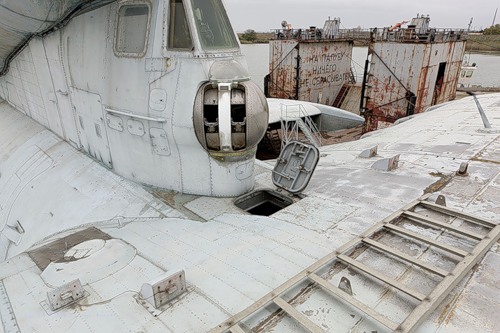
It's a shame to tears.
PS
In different sources, some information varies. Wrote the most common.
More than half of the photos and two paragraphs of text I stole from the user-user igor113 . Anyway, he actually pushed me to write this post. For which many thanks to him!
UPD On Habré there was a wonderful post about the prototype "Moon" - ekranoplan "Caspian monster"
